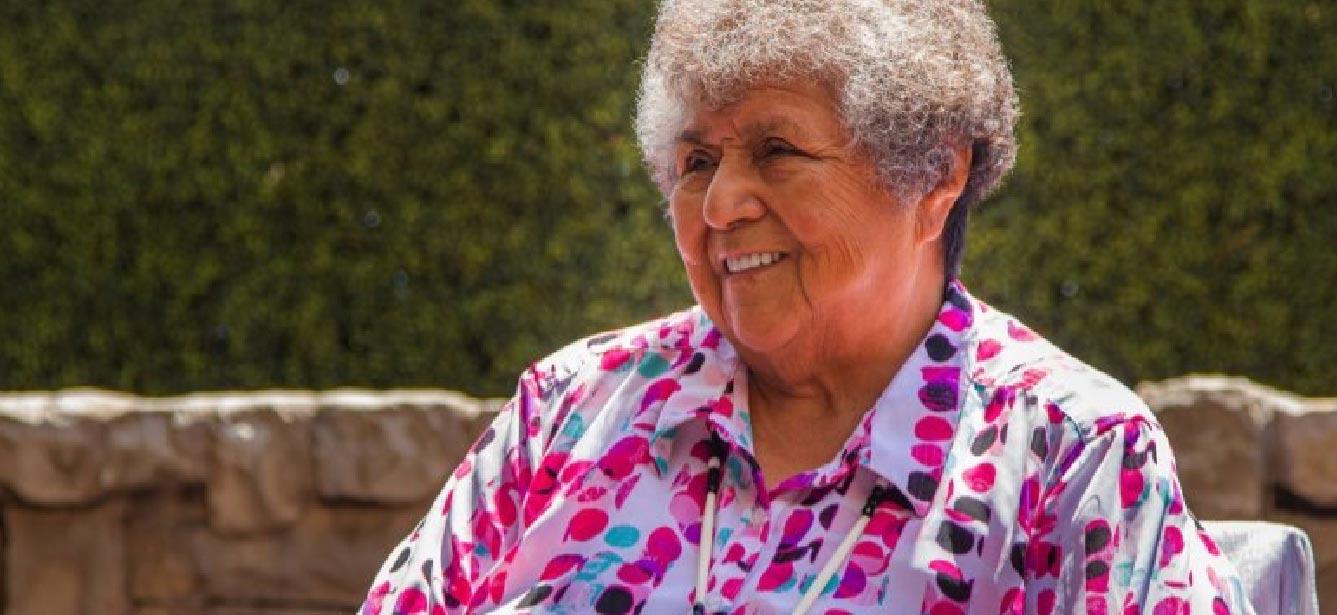Online Decision Tool Helps People with Both Medicare and Medicaid Understand Care Options
2 min read

More than 12 million Americans have both Medicare and Medicaid. These individuals, sometimes called “duals” or “dual eligibles,” have a wide array of options to receive health coverage. Some may choose to keep their Medicare and Medicaid separate, while others may be interested in integrating their care.
What is integrated care?
If a person with Medicare qualifies for Medicaid, Medicaid helps to pay for costs and services that Medicare does not cover. Integrated care for dual eligibles is the coordination of Medicare and Medicaid benefits through private plans that pay for and deliver those services, with the goal of improving health outcomes for enrollees.
There are several different models of integrated care:
- The Program for All-Inclusive Care for the Elderly (PACE) provides a one-stop resource for enrollees to receive comprehensive medical and social services at a PACE center and avoid residing in an institutional setting.
- Several states operate Medicare-Medicaid Plans (MMPs) under a demonstration project from the Centers for Medicare & Medicaid Services (CMS). MMPs are sometimes called duals demos and are offered by private health plans under a contract with the state and CMS to provide coordinated care for people with Medicare and Medicaid.
- Duals-Special Need Plans (D-SNPs) are a type of Medicare Advantage plan specifically designed for people for Medicare and Medicaid that help to coordinate care and reduce costs.
How do people find out about integrated care options?
Navigating the integrated care landscape can be confusing. Medicare offers an online Plan Finder to identify D-SNPs; a separate tool exists for PACE. But there isn’t a singular place where someone with Medicare and Medicaid can learn about all of the different options available to receive care.
My Care, My Choice aims to change that. An online decision support tool first developed for Californians by the SCAN Foundation, MyCareMyChoice.org uses a series of simple questions to help "duals" and their counselors/caregivers identify which type of coverage best meets their needs.
In 2021, the tool transferred from SCAN Foundation to NCOA and expanded to include Ohio. Now MyCareMyChoice.org is offered in four states—California, Illinois, Ohio, and Michigan.
How to use the new online decision tool: My Care, My Choice
Anyone with both Medicare and Medicaid—or who cares for or serves them—can use the tool. The “Find Care” questionnaire asks a series of short questions about a person’s wants and needs, such as:
- How important is it for you to keep your current doctors?
- Do you need help with transportation to and from your medical appointments?
- Would you like a place to go during the day?
Based on their answers, the tool ranks the coverage options that may best meet their needs.
Users can also learn more about Medicare basics, and go directly to read about the different care choices—e.g., PACE, D-SNPs, Medicare Advantage—and search for plans in their ZIP code.

Counselors also can access a special section of the site (“Counselor Tools”) at the top of the state page to download comparison charts, promotional flyers, training slides, and worksheets to use with clients.
Use My Care, My Choice today and share with your colleagues and clients.



